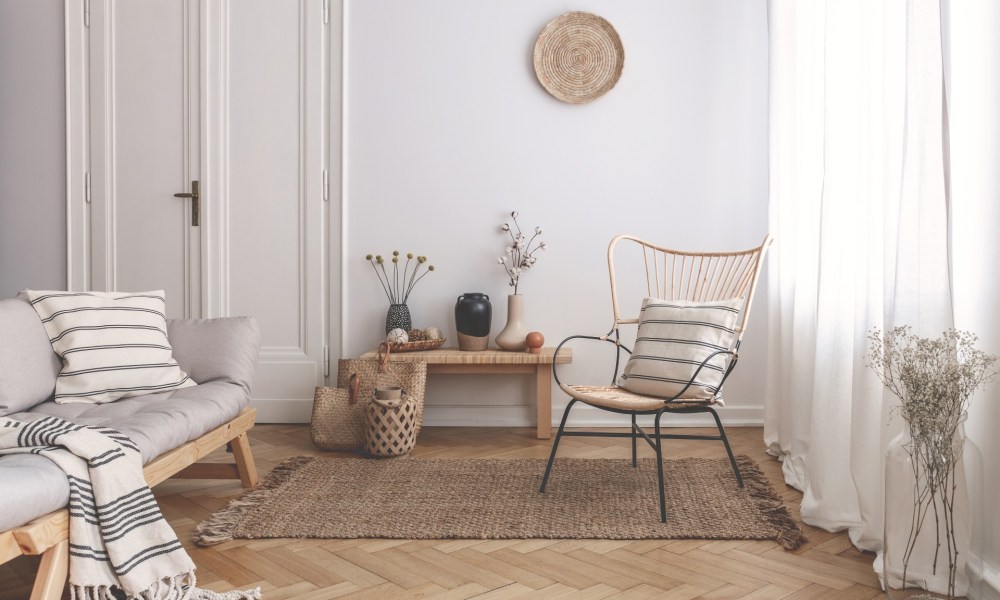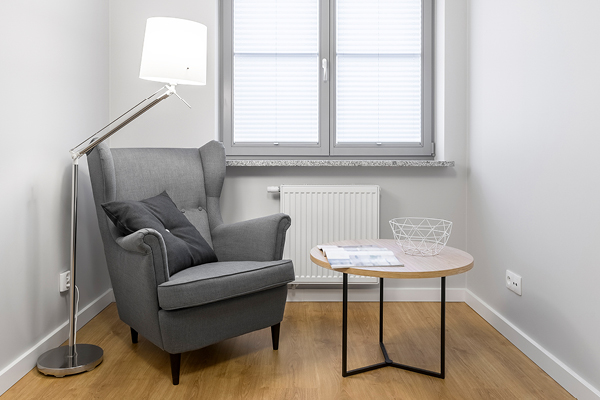
Designing Small, Living Large – Making Every Inch Count
Living in a small space doesn’t mean compromising on style, comfort, or functionality. With the right design strategies, even the most compact areas can feel open, inviting, and highly functional. By carefully selecting colors, furniture, lighting, and storage solutions, you can transform a limited space into a design masterpiece. Whether you’re working with a studio apartment, a cozy home office, or a compact kitchen, the right tricks can make a world of difference.
Why Small Spaces Deserve Big Design
Designing for small spaces requires a strategic approach. Every inch matters, and thoughtful planning ensures that the space feels intentional rather than cramped. Utilizing multifunctional elements, embracing negative space, and maintaining visual continuity can drastically alter the perception of size in a compact area.
The right design choices can create an optical illusion of expansiveness. Light-reflecting surfaces, a well-chosen color palette, and streamlined furniture contribute to a more open feel. Additionally, incorporating vertical elements draws the eye upward, making ceilings appear higher and rooms feel more spacious.
Just because a space is small doesn’t mean it should lack personality. Choosing bold statement pieces, incorporating dynamic textures, and layering lighting can create an environment that feels stylish and curated. Small spaces encourage creativity, challenging designers and homeowners alike to think outside the box.
Creating an Open and Airy Feel
Light colors, particularly soft neutrals and pastels, reflect light and create a sense of openness. White, off-white, and soft grays are excellent choices for walls, while subtle pops of color can add personality without overwhelming the space.
Mirrors serve as one of the easiest and most effective ways to visually enlarge a room. Placing mirrors opposite windows enhances natural light, making the space feel brighter and airier. Mirrored furniture and glass surfaces can also contribute to a more spacious aesthetic.
Keeping clutter at bay is essential in small-space design. Opt for streamlined furniture, hidden storage solutions, and decor that serves a purpose. A minimalist approach allows key design elements to shine without overwhelming the space.
Smart Furniture Choices for Small Spaces
Furniture that serves more than one purpose is a game-changer for compact living. Consider a sofa bed for guest accommodations, an expandable dining table for versatility, or an ottoman with hidden storage to maximize function.
Foldable desks, stackable chairs, and convertible furniture pieces provide flexibility in small spaces. These options allow for dynamic layouts that can be adjusted based on daily needs.
Choosing appropriately scaled furniture ensures a proportional and balanced design. Opting for sleek silhouettes and slim profiles over bulky designs allows for more breathing room while maintaining comfort.
Strategic Layout and Flow
Proper furniture placement is crucial for optimizing flow and functionality. Floating furniture away from walls, utilizing corner spaces, and leaving clear pathways can make a room feel more spacious. Vertical storage solutions, such as tall bookshelves, wall-mounted desks, and hanging organizers, maximize storage while keeping floors clear. This approach adds both function and visual interest.
An open concept layout fosters a sense of continuity, making a small home feel larger. Defining zones with area rugs, lighting, and furniture arrangement creates structure without the need for physical dividers.
Clever Storage Solutions That Work
Storage that blends seamlessly into the design prevents visual clutter. Built-in drawers, under-bed compartments, and storage ottomans offer smart solutions without compromising style.
Custom built-ins provide tailored storage solutions while maximizing every inch of available space. Floating shelves add storage and decorative appeal without overwhelming the room. Utilizing under-bed storage for seasonal items and installing over-door racks for accessories can free up valuable closet space and keep belongings organized.
Maximizing Natural and Artificial Light

Maximizing natural light by using sheer curtains, light-colored window treatments, and strategically placed mirrors brightens a small space effortlessly. Layered lighting—ambient, task, and accent—ensures functionality and warmth. Wall-mounted sconces and pendant lighting free up floor space while enhancing illumination.
Combining multiple light sources at varying heights creates depth and dimension. Dimmable options allow for mood adjustments throughout the day.
The Impact of Color and Patterns
- Light vs. dark. Lighter colors enhance openness, while darker tones create a cozy, enveloping feel. Combining both in strategic ways adds contrast without feeling overwhelming.
- Subtle patterns such as vertical stripes or geometric designs add character while maintaining an airy ambiance. Keeping prints cohesive prevents visual chaos.
- Monochrome vs. contrasts. A monochromatic scheme creates a harmonious flow, while contrasting colors add personality. Striking the right balance is key to a well-designed small space.
Conclusion
From maximizing vertical space to incorporating multi-functional furniture, small-space design is about smart choices. Thoughtful planning ensures both beauty and functionality coexist seamlessly. Designing a small space encourages innovation. Experimenting with layouts, storage solutions, and color palettes allows for a highly personalized and impactful result. Less is often more in small-space design. Keeping clutter to a minimum, utilizing every inch efficiently, and prioritizing comfort will result in a space that feels just right.
